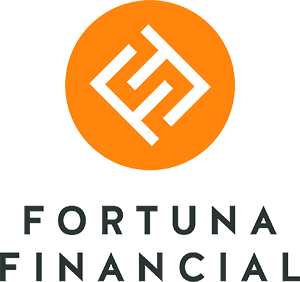What our Clients Say About Us
There’s no time like the present
Over the last 100 years global share markets have experienced many major set-backs, including the Great Depression of the 1930s, several wars, the ‘crash of 1987’ then the Global Financial Crisis twenty years later. But for every low, a recovery has followed – they just take time.
What stops most people from investing in (or returning to) the share market is not knowing when to jump in. Although nobody knows exactly when a market or a particular share price has found its base price, we can employ a strategy to remove this speculation and focus on a longer term investment plan.
Averaging into the share market
A regular savings plan involves putting aside a small amount of funds on a regular basis to make investments of a set amount at regular intervals. This is a suitable strategy for people who don’t have a large sum of money to invest immediately but are able to build up an investment portfolio over time. The other advantage of investing this way is that it removes the decision-making process of trying to pick the cheapest time to invest (which is impossible). Instead, investing regularly in the market applies the concept of ‘dollar cost averaging’.
The aim of dollar cost averaging is that the average cost of the investments will always be below the average value of the investments during the period in question.
Take this example
A novice investor called Darren has no savings but decides to make the effort and after three short months he has saved $500 to invest. It was so easy that Darren continues to save and invest $500 every three months over a year. During this time the share price rises and falls, which gives the overall result as follows:
Market Movement | Value | No. Units | Cost | Average Cost | Average Value |
Share price after 3 months | $1.00 | 500 | $500 | $1.00 | $1.00 |
Share price falls at 6 months | $0.75 | 666 | $500 | $0.86 | $0.88 |
Share price rises at 9 months | $1.10 | 454 | $500 | $0.93 | $0.95 |
Share price at 12 months | $1.40 | 357 | $500 | $0.95 | $1.06 |
Totals |
| 1,977 | $2,000 |
|
|
As can be seen in the table, Darren benefits despite the upward and downward fluctuations in the market. The average cost of the units at the time of the last investment is $1.01 ($2,000 divided by 1977 units), yet the value of the share at that point in time is now $1.40.
Furthermore, dollar cost averaging can act as a form of diversification, enabling investors to stagger their entry into the market instead of taking the risk associated with making a large single purchase.
Talk to your financial planner if you would like to take advantage of building your wealth with dollar cost averaging.
Note: past performance is not an indicator of future results.

